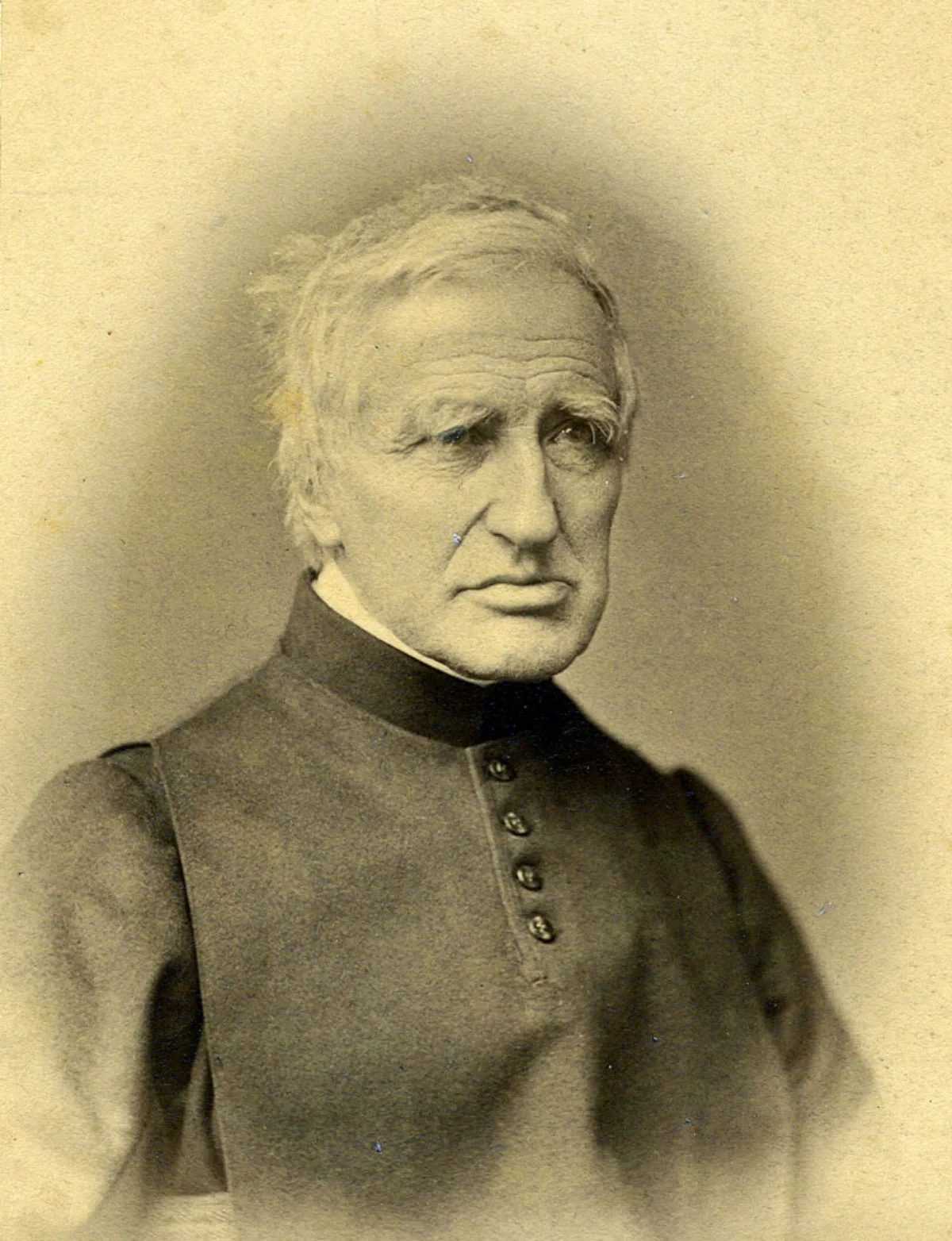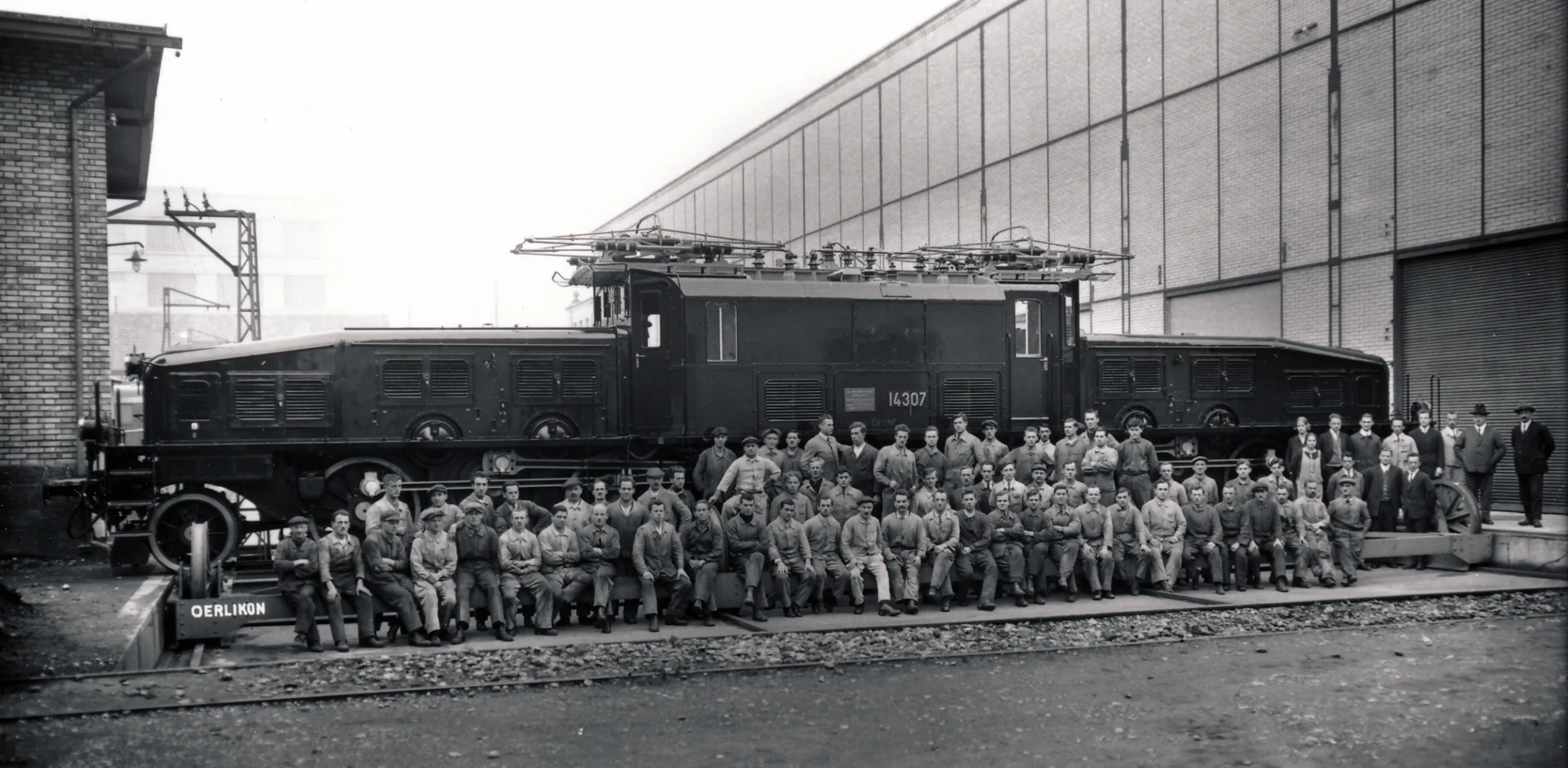
The inventor in a Benedictine cowl
Father Athanasius Tschopp (1803–1882) was a monk in Einsiedeln, and something of a science whizz. Besides his daily monastic duties, he always found the time to make pioneering discoveries – one of his many accomplishments was inventing the precursor to the fax machine.







